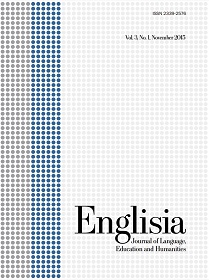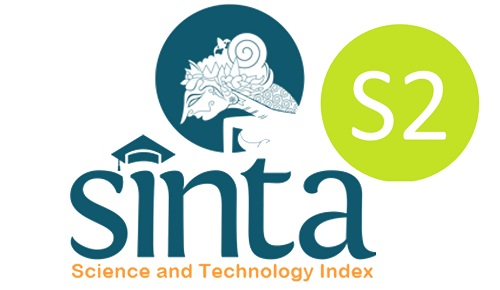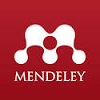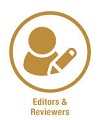THE INTERNET AND ICT: Opportunities or Threats to the Education World?
DOI:
https://doi.org/10.22373/ej.v3i1.533Keywords:
Internet, Information and Communication Technology, Higher EducationAbstract
In this millennium era, the Internet plays pivotal roles in providing educational access. It serves as a significant tool to communicate, discuss, and even explore various information from a different world and reference. In educational world in most developed countries, the Internet is used as an important educational transformation, especially for those who struggle with times and geographical boundaries. As such, the Internet could flexibly bridge between a Professor and a student to communicate and coordinate with regard to their research progress. Beside its advantages, some educational practitioners have harshly criticized the implication of the Internet used in the educational world. Opponents of the Internet users claim that the Internet could threat anyone, including educational world. Oftentimes the Internet is used to do crimes and other unlawful actions, stealing other people's information and money is one of the tangible examples associated with the Internet. Issues on intellectual and copy rights, and other academic misconducts are also connected to the Internet in the last few years. This paper attempts to provide a brief discussion on the advantages and disadvantages of the Internet in higher education.Downloads
References
Ehrmann, S. (2000). Computer intensive academic programs. AAHE Bulletin, 53(3), 7-11
Friedman, T.L. (2006). The world is flat: a brief history of the twenty-first century. New York: Audio Renaissance
Goldmann, H. (2005). National Association of State Universities and Land-Grant Colleges. Washington, D.C.
Hammer, R. & Kellner, D. (2001). Multimedia pedagogy and multicultural education for the new millennium. Current Issues in Education. 4(2)
Hattan, S., Dawson, C., Hermes, J., & Bolognese, K. (2005). Cyber infrastructure. Retrieved March 27, 2013 from: http://www.heitalliance.org/agenda_2005.pdf
Henderson, C. (2001). How the internet is changing our lives, The futurist, 35(4), 38-45
International Telecommunication Union, (October, 2003). The Geneva Briefing Book. New York: Routledge
Lanier, M.M. (2006). Academic Integrity and distance learning, Journal of criminal justice education, 17(2), 243-261
Ludwig, M., Taymans, J. (2005). Teaming: constructing high-quality faculty development in a PT3 project. Journal of Technology and Teacher Education, 13(3), 357-372
Stephen, G. (December, 25th, 2003). Asian internet use takes off. Asia Times
Downloads
Published
Issue
Section
License
Proposed Policy for Journals That Offer Open Access
Authors who publish with Englisia journal agree to the following terms:
- Authors retain copyright and grant the journal right of first publication with the work simultaneously licensed under a Creative Commons Attribution License that allows others to share the work with an acknowledgement of the work's authorship and initial publication in this journal.
- Authors are able to enter into separate, additional contractual arrangements for the non-exclusive distribution of the journal's published version of the work (e.g., post it to an institutional repository or publish it in a book), with an acknowledgement of its initial publication in this journal.
- Authors are permitted and encouraged to post their work online (e.g., in institutional repositories or on their website) prior to and during the submission process, as it can lead to productive exchanges, as well as earlier and greater citation of published work (See The Effect of Open Access).









